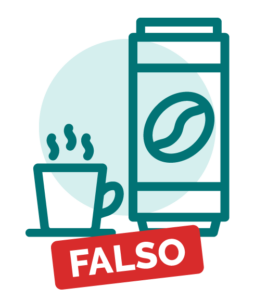
Energy drinks contain more caffeine than coffee
Most energy drinks contain about the same caffeine as a cup of coffee. Coffee has been consumed daily by millions of people around the world for centuries.

Energy drinks are not subject to legal provisions
Energy drinks, their ingredients, and their labeling, packaging, and advertising are widely regulated within Latin America’s geography and all its regulatory frameworks established compositional (i.e. max caffeine limits) and labelling (i.e. mandatory information on caffeine content) requirements.
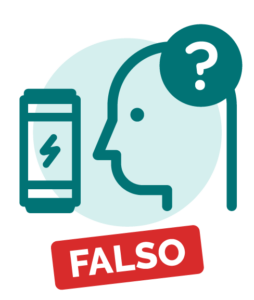
Consumers can’t tell how much caffeine is in an energy drink
There are several ways to find out about the exact caffeine content of an energy drink. The indication of the total caffeine content of all sources on the label of an energy drink is prescribed by all regulatory frameworks within Latin America and beyond. In addition, this information can also be consulted on the Internet pages of the companies and / or on the web pages of the products, as well as on the telephone service lines for consumers of the companies. As opposed to a cup of coffee or tea, with energy drinks, consumers know exactly how much caffeine they are consuming and are able to manage their daily intake through labelling information.
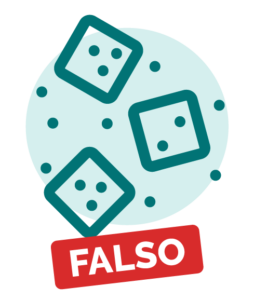
Energy drinks contain high amounts of sugar
An energy drink (250ml) contains the same amount of sugar as an apple, orange juice or a conventional soft drink. As with any food or drink, energy drinks should be consumed in moderation and within the framework of a balanced and varied diet and a healthy lifestyle. For those who want the benefits of a sugar-free energy drink, these are found in several sugar-free formulas so consumers can choose the one that suits them best.
Caffeine is the most characteristic ingredient in energy drinks. Its stimulating effect has been recognized for centuries. In 2011, the European Food Safety Authority (EFSA) positively evaluated health claims regarding improved concentration and increased alertness. The EFSA Panel found that, in order to make these claims, the product must contain at least 75 mg of caffeine per serving.
BEAL members recognize that they must play an important role, backed with concrete actions, such as promoting moderate consumption and smaller packages. Taking into account the functionality of energy drinks, BEAL members have committed to place emphasis on packages with a net content of 300ml or less as their main selling proposition.
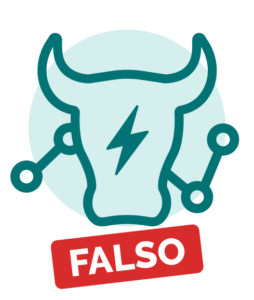
Taurine is a stimulant
Taurine is not a stimulant. Taurine is an amino acid that is naturally present in the human body. Its presence is also widespread in foods such as fish, mollusks and birds. Since taurine is a natural component of breast milk, it is also used as an ingredient in infant food.
Contrary to general public press and popular belief, taurine is not a stimulant and has no stimulant effects on the central nervous system. In 2015, the European Food Safety Authority confirmed that the possible stimulant effects of taurine on the central nervous system are unlikely.
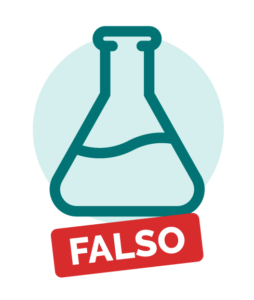
Naturally present taurine is safer than synthetic taurine
The myth that the synthetically manufactured ingredients found in most energy drinks are dangerous or unhealthy is false. Synthetically manufactured ingredients guarantee a high and uniform level of quality. The manufactured ingredients comply with the legal regulations on food and have exactly the same functions as their natural equivalents.
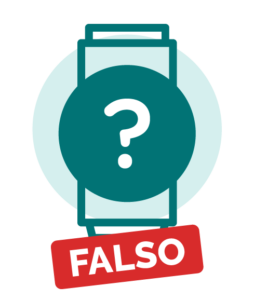
Energy drinks are a new category of products that nobody knows about
Energy drinks have been safely consumed for more than 25 years worldwide and represent only 1% of the Global non-alcoholic beverage market. Consumers are widely informed by energy drink manufacturers through product labels, information brochures, the companies themselves, as well as the product web pages.

The target audience for energy drinks is children
Children already have enough energy on their own. Energy drinks are not created for children. The members of the BEAL have voluntarily pledged not to advertise aimed at children. In addition, according to the all regulatory frameworks in Latin America, advisory statements such as: “Not recommended for children, pregnant or lactating women” or similar, are widely applied, either mandatorily through regulation or voluntarily.
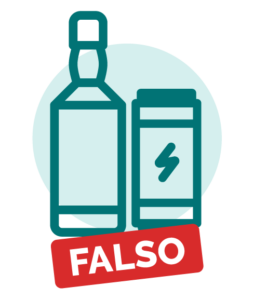
Energy drinks cannot be mixed with alcohol because it is dangerous
Energy drinks are non-alcoholic drinks. Despite their primarily functional purpose, some consumers mix nonalcoholic energy drinks with alcoholic beverages. This has happened for decades, when alcoholic beverages have been mixed with cola, tonic, soda, water, ginger ale, and all kinds of fruit juices.
There is no scientific argument for not mixing energy drinks with alcohol, as long as one is aware that excessive and irresponsible consumption of alcohol has undesirable consequences on the human body and behavior and that these consequences are caused by alcohol, not for the non-alcoholic drink used to mix, be it cola, orange juice, tonic or an energy drink. There is nothing to indicate that energy drinks cause any special effects (negative or positive) related to alcohol consumption. This has been confirmed by the British Government’s Committee on Toxicity (2012), which concluded that “the currently available evidence does not point to a harmful toxicological or behavioral interaction between caffeine and alcohol”. More recently, the European Food Safety Authority (EFSA, 2015) also concluded that, based on available scientific evidence, there is no harmful interaction between alcohol and caffeine from any source in the diet, including energy drinks.
The members of the BEAL have committed themselves through the BEAL’s code of good practices to take into consideration certain principles that you can read in the Code within this website, such as not selling pre-mixed alcoholic and energy drinks cans or bottles or not promoting alcohol consumption on energy drink labels.